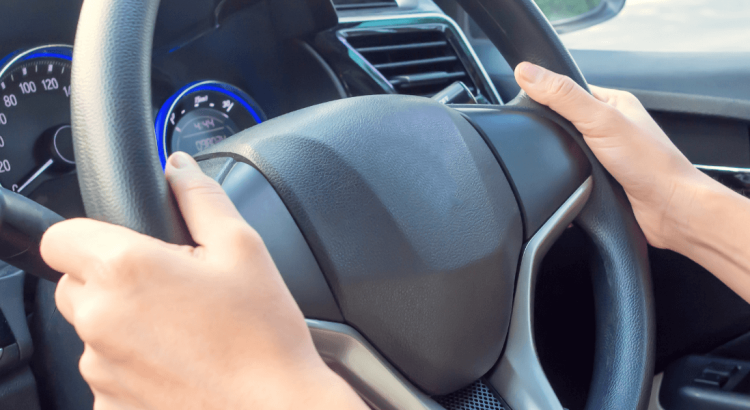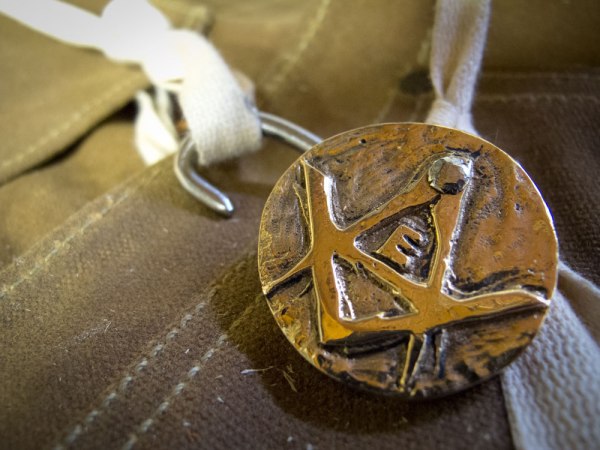Power steering: What it is and how it works

Power steering: What it is and how it works
In the 80s, car steering wheels were larger than the ones we use today, not for the sake of fashion but because they lacked power steering.
Why? Because manufacturers were required to equip cars with large steering wheels that would multiply the force exerted by drivers, providing them with minimal comfort.
A very common feature in cars nowadays, power-assisted steering systems have developed over the centuries. Nowadays, hydraulic power steering systems, as they are popularly known, have been developed, encompassing new mechanisms to increase driver comfort.
Keep reading to find out what power steering is and how it works!
What is power steering?
Power steering systems serve to increase driver comfort when turning their vehicle’s steering wheel. That means drivers can exert less force to turn their steering wheel.
The system can be found across any and all types of vehicles, from cars to lorries.

When did power steering come about?
The first steering system came about in 1876. Later, in 1900, the system was included in a mechanical power steering mechanism. In 1926, Francis W. Davis and George Jessup implemented the first hydraulic power steering system, though it was too expensive to produce.
Although the system came along in leaps and bounds in the 50s, few cars had power steering prior to the 80s due to the cost of producing the system.
However, they were then quickly built into new vehicles produced.
Today’s power steering systems are much more complex than the early ones used.
How do the various types of power steering work?
The main types of assisted steering mechanisms are hydraulic, electro-hydraulic, and electric.
However, the various types of power steering all operate on the same principle: enabling a mechanism external to the steering system to carry out part of the work done behind the wheel.
However, some variations exist between the various types of steering.
How does hydraulic power steering work?
Where hydraulic power steering is concerned, the system consists of a rotary valve and belt pump that transmits the pressure generated by the engine to a cylinder and piston.
When the engine speed increases, the pressure also increases.
As soon as the steering wheel is turned, a valve opens that releases the pressurised oil and applies force to the steering column.
![]()
- Micrometer: What they are and their purpose
How do electro-hydraulic steering systems work?
Hybrid electro-hydraulic steering systems used by certain car manufacturers employ an electric power steering pump to create hydraulic pressure, using oil to do so.
In these cases, the power exerted by combustion engines, such as diesel engines, for example, is not reduced, as the vehicle’s electrical system powers the system.
How does electric power steering work?
Finally, electric power steering contains sensors that detect steering column movement and torque, as well as a computerised module that applies the power necessary using an electric engine.
If any of the elements in the system fail, the rack/pinion is activated, enabling the steering to work, even without assistance. They generally result in reduced fuel consumption and increased power.

What are the symptoms of a power steering system breakdown?
When a vehicle’s power steering stops working, there are some symptoms you should be aware of, such as:
- A warning light on your car dashboard;
- Unstable or vibrating steering wheel while driving;
- Abnormal noises, such as grinding, when turning the steering wheel;
- Difficulty turning the steering wheel, even when the vehicle is moving;
- Loss of oil from the steering system, which can be seen as stains on the floor or hood of the vehicle.
How can you resolve the symptoms of a power steering system breakdown?
In some cases, problems with the power steering system can be easily fixed by:
- Wheel alignment;
- Setting the correct tyre pressure;
- Changing your power steering oil;
- Replacing the vehicle’s shock absorber or suspension.
Make sure to take your vehicle to a specialised garage to solve any steering issues and carry out preventive maintenance.
How much does power steering cost?
The price of a power steering gearbox varies depending on the steering mechanism, type of vehicle, manufacturer, and specifications. However, the average cost is between 100 and 370 euros.
Want to find out more about the world of all-things cars? Then follow us on Facebook and keep up with our daily content.
![]()




